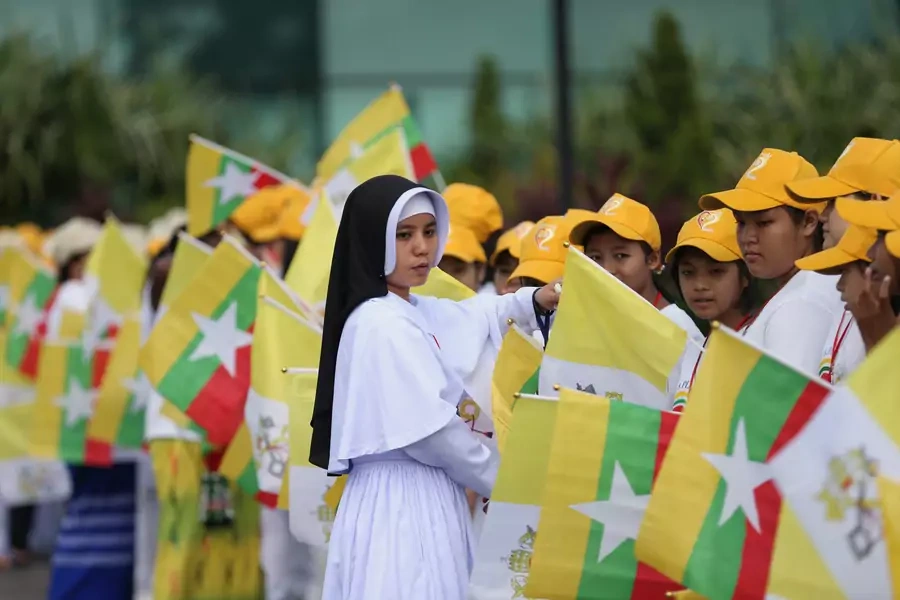Questions for Pope Francis’s Trip to Myanmar This Week

More on:
In an earlier post today, I noted that there remain many questions about the memorandum of understanding that Dhaka and Naypyidaw have supposedly negotiated, allowing at least some Rohingya to return to Myanmar, after years of a scorched earth campaign in Rakhine State. As I noted in my earlier post, the memorandum of understanding remains vague. It does not answer important questions like how the Rohingya would be protected if they returned to Myanmar, what types of legal and civil rights they would enjoy back in Myanmar, and whether they would be moved into camps in Myanmar once they crossed back across the border.
On Pope Francis’s visit to Myanmar and Bangladesh this week, perhaps the most politically charged trip on the pontiff’s career, the pope is walking a fine line in his meeting with senior Myanmar and Bangladesh officials. He has already apparently met with Myanmar commander-in-chief Min Aung Hlaing, though he may meet with the general again. He also plans to meet with de facto civilian leader Aung San Suu Kyi, top political leaders in Bangladesh, and prominent religious leaders as well.
The Pope is reportedly trying to be careful to highlight the suffering of Rohingya refugees—the result of a massive, military-managed campaign in Rakhine State—while not taking any actions that might turn the rage of Myanmar’s Burman, or Bamar, majority, against Christians as well.
Several questions should be raised about the trip. Here are some questions to ask to assess how Pope Francis has handled his trip:
- Is Pope Francis actually going to call the Rohingya “Rohingya,” or will he use some kind of compromise terms—like “they refer to themselves as Rohingya.” Calling the group “Rohingya,” without qualifications, would send a powerful message of how Pope Francis views the Rohingya, and how they should be treated in Myanmar.
- Will Pope Francis push both Dhaka and Naypyidaw to present a clearer, more obviously feasible plan for how Rohingya could actually ever return to Myanmar without facing the threat of renewed violence against them, or being confined to camps within Myanmar itself? Right now, the repatriation plan is only sketchily detailed, and likely would not protect returning Rohingya from a wide range of abuses if they returned to Myanmar.
- Will the Pope actively rebut obvious falsehoods by top Myanmar leaders? Commander-in-chief Min Aung Hlaing today apparently told the Pope that there was “no religious discrimination” in Myanmar, which is clearly false.
- How forcefully will the Pope highlight continuing discrimination against Christians in Myanmar, which has been overshadowed by the ethnic cleansing in Rakhine State? Christian minorities, especially outside of central Myanmar, often face discrimination and even violence, according to extensive reporting including a report released last year by the U.S. Commission on International Religious Freedom.
More on:
 Online Store
Online Store